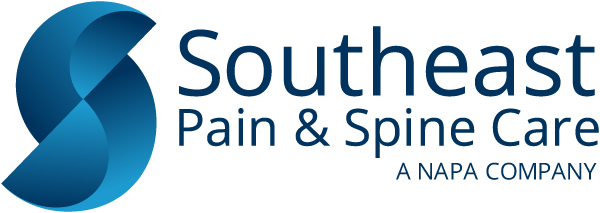Platelet-Rich Plasma Therapy for Sports Injuries
PUBLISHED ON:
May 26, 2022
Platelet-rich plasma, or PRP, has been used since the 1980s to help athletes recover from sports injuries. The therapy began as a transfusion used by hematologists to help people with blood clotting issues. Platelets are the cells in the blood that help the clotting mechanisms that heal wounds. There are also tiny cells in the plasma containing specialized proteins and growth factors that naturally heal injured or damaged tissue.
The PRP is actually injected into the injured site to stimulate the growth of new tissue to regenerate injured muscles, tendons, and ligaments.
Sports Injuries that Benefit from Platelet-Rich Plasma
The PRP system is used to help athletes recuperate from the following injuries:
- Sprains
- Strains
- Chronic tendon injuries including Achilles tendon
- Fractures
- Rotator cuffs injuries
- Knee pain and other joint injuries
PRP therapy helps injuries heal faster. Athletes, both professional and amateur, can return to their sports when they recover from the injuries.
PRP Administration
The process of injecting the platelet-rich plasma must be administered by medical professionals. A sample of about 30 cc of blood is taken from the arm of the athlete. A special centrifuge separates the plasma to create the PRP used for therapy. An anticoagulant may be added to the blood sample.
The plasma, high in platelets, will appear at the top of the sterile tube with the blood sample along with some white blood cells. The red blood cells and some white cells will be at the bottom of the tube. The plasma and some white cells are suctioned out of the tube and placed in another sterile tube for a second spin that completely separates the plasma. The PRP is at the bottom of the second tube. The upper portion of plasma that is not high in platelets is removed, and the remaining plasma is prepared for injection.
The plasma, 3cc to 5cc, is injected directly into the injured tissue. Guided-imaging tools (ultrasound or X-ray) may be used to ensure accurate placement of the PRP.
Recuperation After Injection
We perform the process at our offices at Southeast Pain and Spine Care in Charlotte. The process is generally painless. We monitor the injection site to make sure there are no problems. You may experience some swelling and temporary discomfort. You must be careful to avoid any heavy exercise that might put stress on the injured area.
The PRP therapy will work over a three-week period. You can expect to feel the results as your muscles, tendons, and ligaments grow new cells and heal. The actual healing process may take several months, based on your injury. We will continue to monitor the results over several visits. You will also participate in some physical therapy.
Contact us at Southeast Pain and Spine Care by filling out the form below. We are here to help you recover from your sports injury.
PUBLISHED ON:
May 26, 2022


